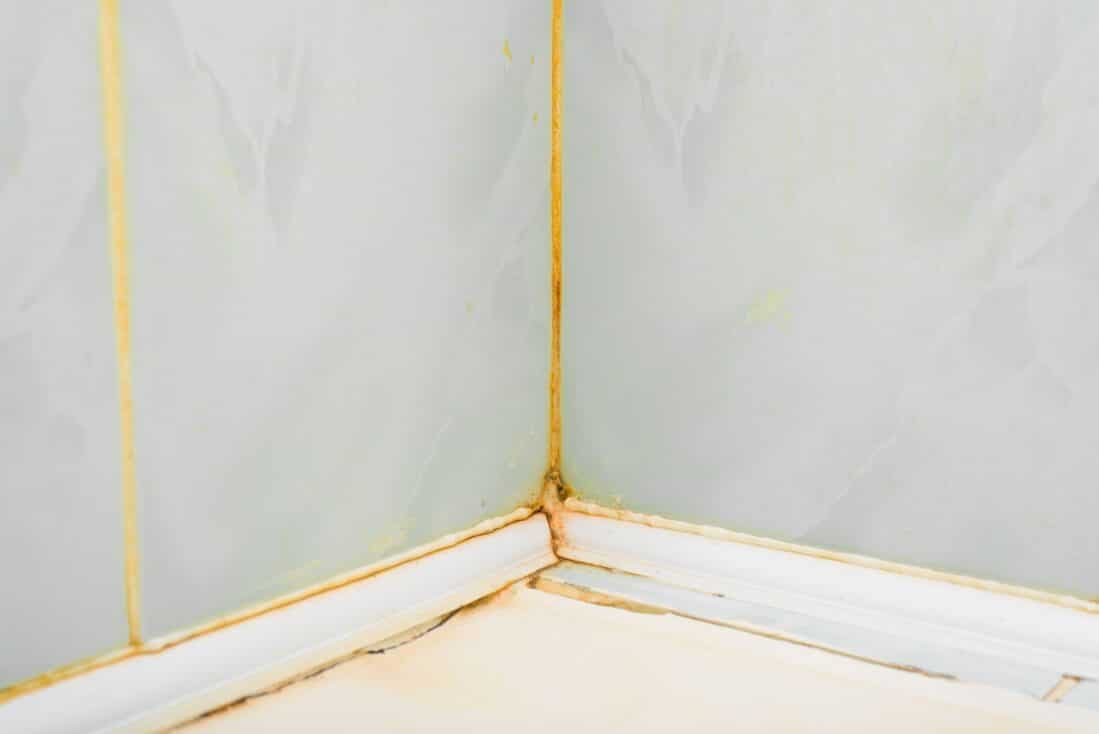
No matter where you live, mould can grow in your home. Mould typically grows in areas of your home that get a lot of moisture, like the bathroom, near windows, with leaks and water pipes.
Unfortunately, mould is common, but that doesn’t mean it’s something to take lightly. Mould can impact the health of those around it and the environment. Learning more about mould and how it impacts the environment is the first step to taking action to reduce it in your home.
The Environmental Protection Authority (EPA) considers mould an air pollutant in Australia. Much like other similar organisations do worldwide. As an air pollutant, mould has a significant impact on air quality.
When there’s mould in your home, indoor air quality will decrease. While you might not notice any differences in small amounts, it can have drastic health effects in larger quantities and with prolonged exposure. Mould can cause decreased air quality, triggering allergies, asthma, and other respiratory issues in people and animals.
Mould can not only cause health issues for humans, but it can also be detrimental to the structure of your home. Minimal mould won’t cause any structural damage to your home, but prolonged mould growth will weaken areas like gyprock, which can cause structural issues and make it unsafe for you to be in your home, not just health-wise.
Despite being harmful to humans, mould does play an intricate role in balancing the ecosystem. Moulds are fungi that primarily play a role in decomposing dead organic matter. Its role in the ecosystem includes the following:
While mould plays a massive role in ecosystems, indoor mould can indirectly affect the environment. A few of the ways it can indirectly impact the environment include:
When trying to remedy mould in homes, the above things happen. You’re using dehumidifiers which use far more energy than you’re used to, and chemicals that can get into the air and water supply and negatively impact the environment.
Mould can grow in almost any home, but it’s far more common in warmer environments. Even if you have a tidy home, certain conditions can promote mould growth, such as:
With these factors in mind, there are specific areas of your home where mould is far more likely to grow. You’ll often find mould growing in bathrooms, kitchens, closets, basements, and other areas with the above characteristics.
There are home designs that promote mould growth simply because of the materials used and how they’re built. When construction companies use porous materials like untreated wood, carpeting, drywall, and fabric, mould can thrive on these materials. In addition to these materials, homes designed with the following can cause mould:
Humidity is a contributor to mould growth in your home. The more humid it is, the more likely that mould will grow in various areas of your home. If you live in a humid environment, ensuring proper ventilation in your home can help reduce mould growth. When you combine improper ventilation and humidity, you create a breeding ground for mould.
Moisture and humidity control are the key to preventing mould from growing and continuing in your home. You’ll want to do everything you can to keep your home’s moisture and humidity levels low to reduce and prevent mould from growing.
A few ways that you can help keep humidity levels and moisture under control in your home are to:
Ensuring that you have proper ventilation throughout your home, in addition to all the above tips, will help keep mould at bay and away from your home. You can also use mould-resistant materials and paints inside your home. Some ideas for those materials are:
Sometimes changing the materials and paint in your home isn’t feasible. When that’s the case, ensuring you know how to clean to keep mould at bay properly is vital. Even if you have mould-resistant materials, you should still know these cleaning best practices.
You’ll want to keep a regular cleaning schedule where you sweep, wipe down surfaces, and rid your home of foods that are going bad or have already started growing mould. Clean up spills or leaks immediately to prevent water damage and mould growth. Ensuring you’re cleaning any window condensation quickly can also help prevent mould in your home.
Prevention is critical, but mould can grow even when you do everything right. Hiring a professional mould remediator is the best option when dealing with existing mould. Mould removal companies like Pure Protect know how to remedy mould safely and efficiently.
If you want to try dealing with the mould independently, you can do a few things. You’ll want to identify the source of the mould and ensure you have proper protection on it, especially when dealing with large quantities of mould.
Always wear gloves, a mask, and goggles if you have them to protect yourself. You’ll want to remove all the mouldy materials and clean any non-porous surfaces with a cleaner designed to tackle mould. Once you’ve cleaned all the mould away, take precautions to prevent future mould growth.
Mould is common in many households, especially in Sydney, with high humidity and warm temperatures. Preventing mould from growing requires proper ventilation, moisture control, and humidity control. If you’re dealing with mould in your home, calling professionals is the safest option.
Contact a professional if you have any questions or need help with
PureProtect Pty Ltd © 2020. All rights reserved